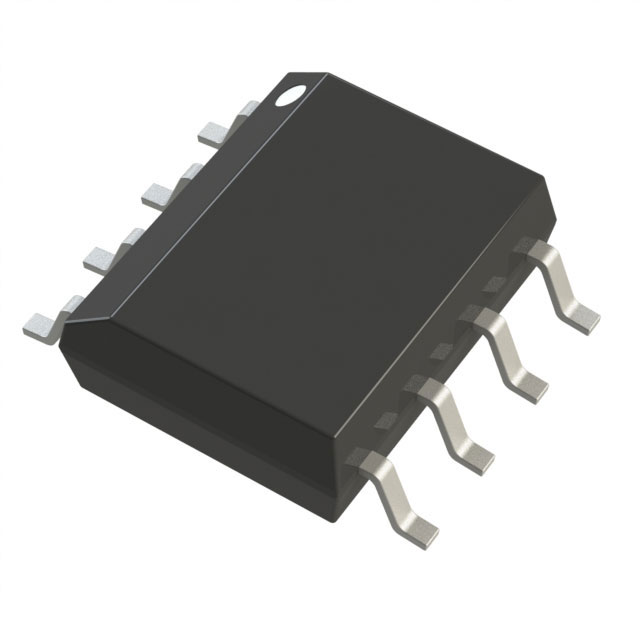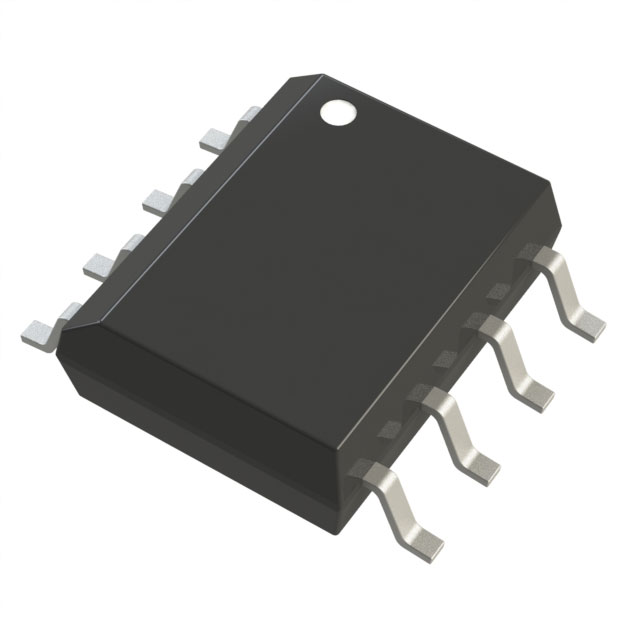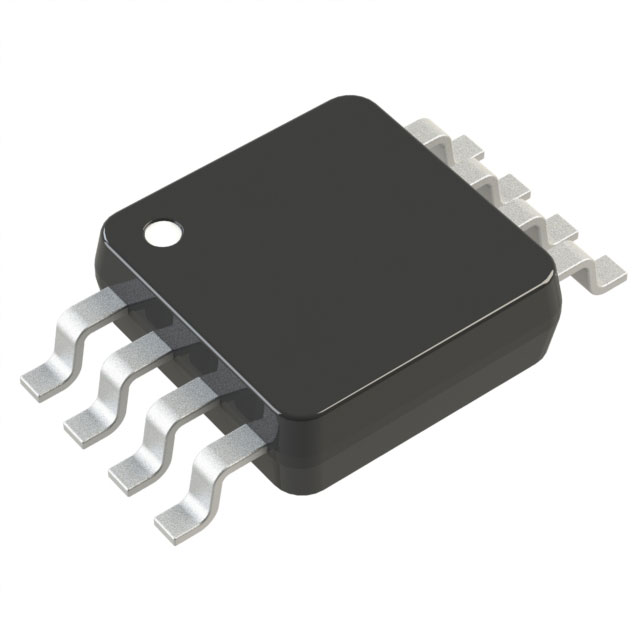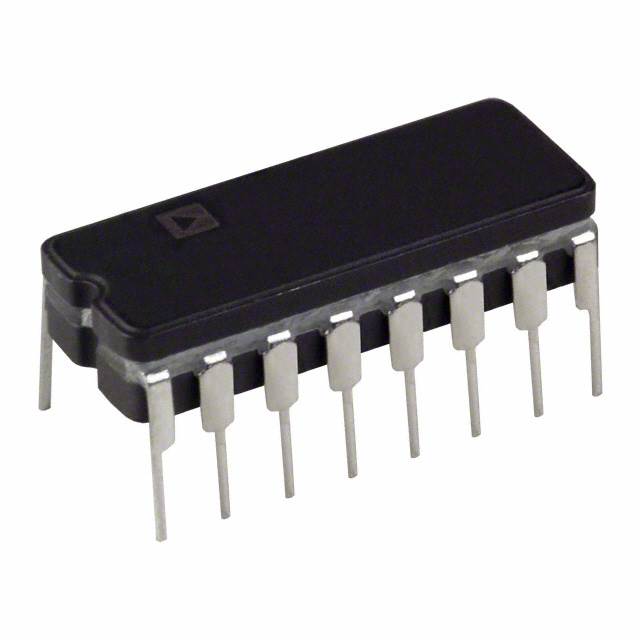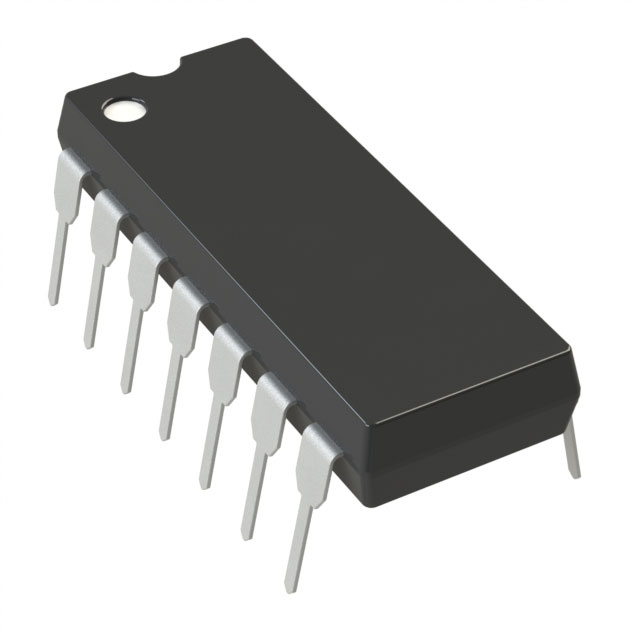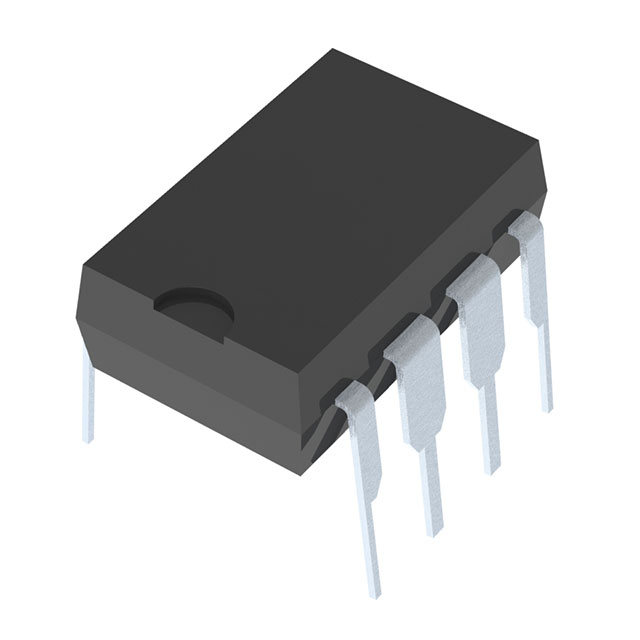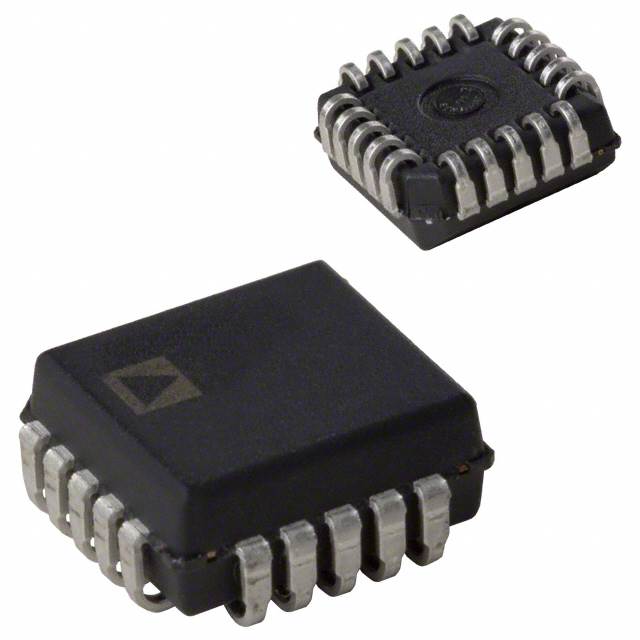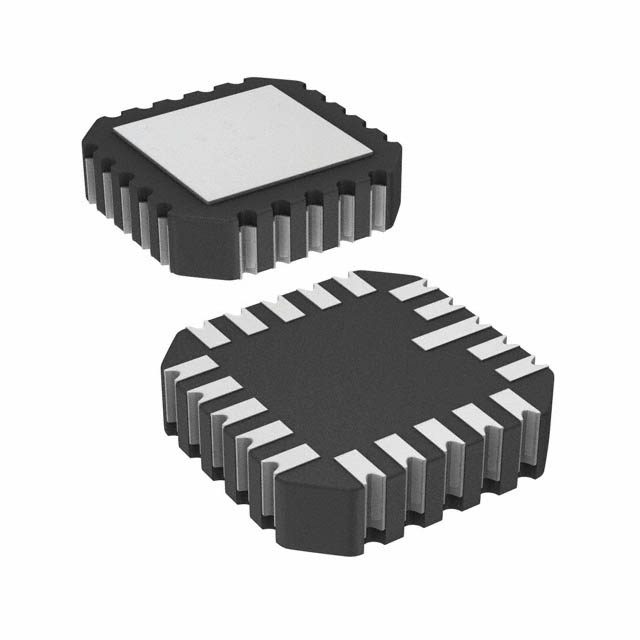Categories
- V/F and F/V Converters(29)
- 1
- 2
Description of V/F and F/V Converters
Voltage-to-frequency conversion ICs monitor an input voltage and produce a frequency that is proportional to it. These are used in applications like automotive sensing, battery monitoring, analog-to-digital conversion, and signal isolation. On the other hand, frequency-to-voltage conversion ICs provide an analog voltage that is proportional to an input frequency. They’re used in instrumentation and metering applications like speed sensing, tachometers, cruise control, and touch switches.
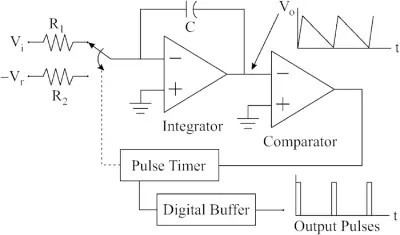
Frequently Asked Questions
What is an f to V converter?
A frequency-to-voltage (or current) converter is a device that produces an output voltage or current that is proportional to the frequency of a sinusoidal input signal. It's used in various fields like power control, communication, instrumentation, and measurement systems.
What is a VF converter?
A voltage-to-frequency (VFC) converter is an oscillator where the frequency is directly proportional to a control voltage. The VFC/counter ADC is designed to be monotonic and free of missing codes, integrates noise well, and can consume very little power.
What is a V to F converter in a digital system?
A voltage-to-frequency (VFC) converter takes an analog voltage or current signal at its input and produces a series of pulses or square waves at a frequency that corresponds to the input value.
What are the disadvantages of a voltage-to-frequency converter?
Common drawbacks of voltage-to-frequency converters include generating noise in motor power cables and having limited speed accuracy. As update times in the frequency converter become faster, speed accuracy is often constrained.
What are the three types of converters?
Power converters are generally classified into three types: grid forming, grid feeding, and grid supporting. Grid supporting converters are further divided into current-source-based and voltage-source-based converters.
How do I know what voltage converter I need?
To determine the right voltage converter, check the “W” on your device's label. This tells you the wattage needed. For example, if your device is 300 watts, you should get a 300-watt transformer.
What is the difference between a VFD and a converter?
Phase converters are used to power larger loads, whereas Variable Frequency Drives (VFDs) are used for smaller loads.
What is the difference between a travel adapter and a voltage converter?
The main difference is in their functions. An adapter helps your electronics plug into foreign outlets by adapting to their shape, while a converter changes the voltage from the outlet to match the voltage required by your devices.
What does a D converter stand for?
An analog-to-digital converter (ADC, A/D, or A-to-D) is a system that converts an analog signal—like sound from a microphone or light entering a digital camera—into a digital signal.
Can you use a VFD as a frequency converter?
Yes, VFDs (Variable Frequency Drives) can alter frequencies, but they’re not as reliable as traditional frequency converters. They often have issues with non-linear loads, producing a lot of vibrations, electromagnetic noise, and temperature changes that could potentially damage equipment.







